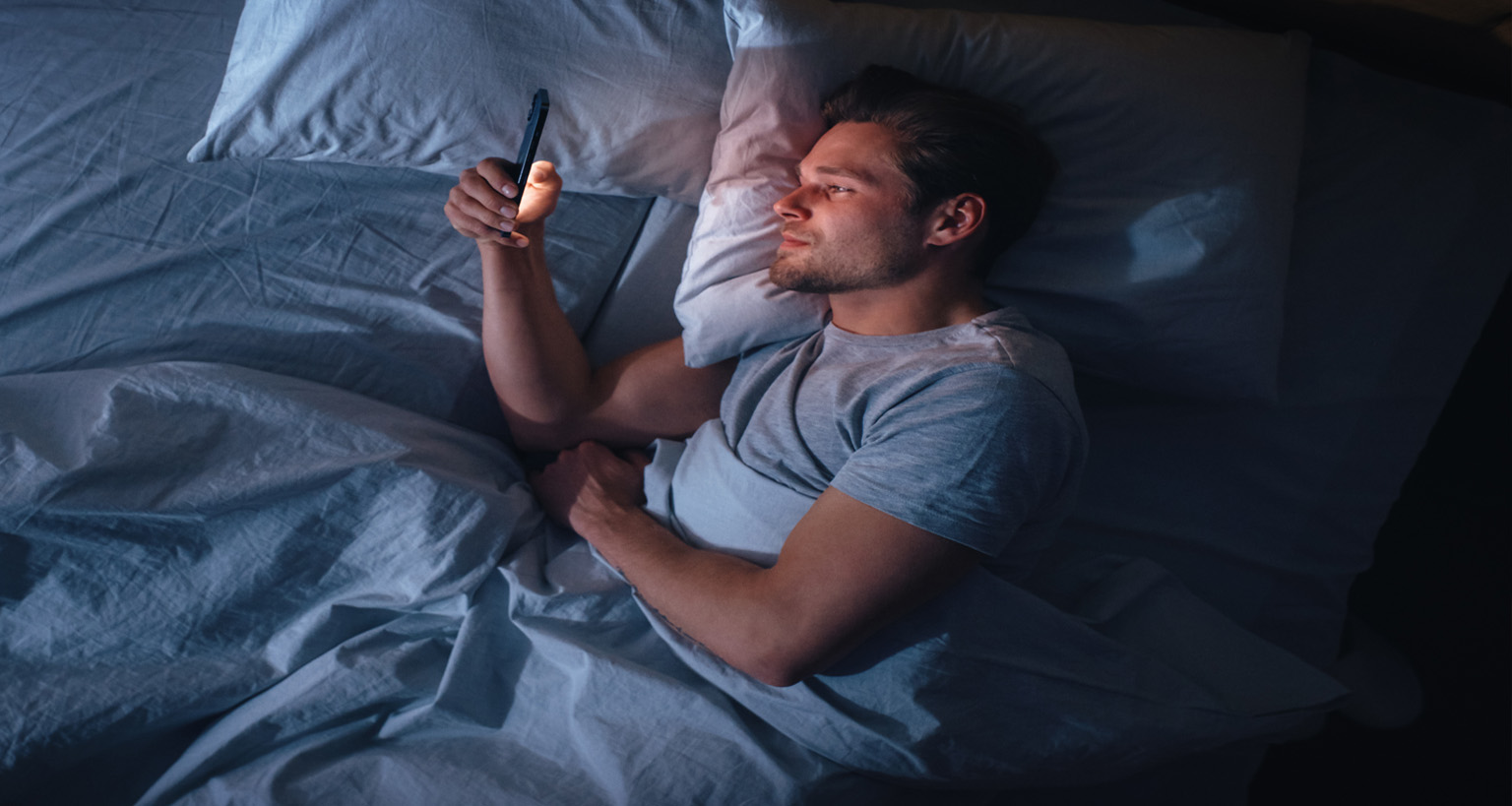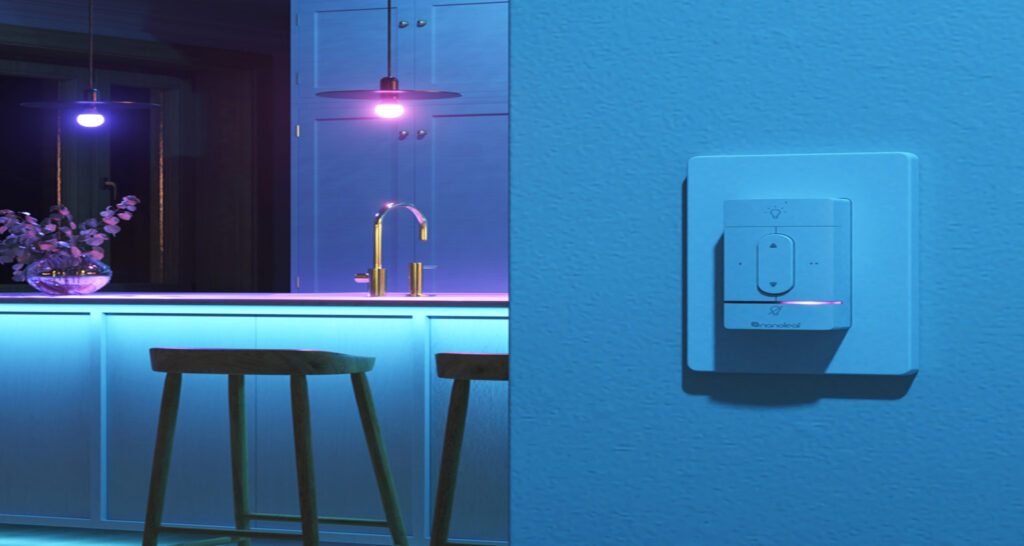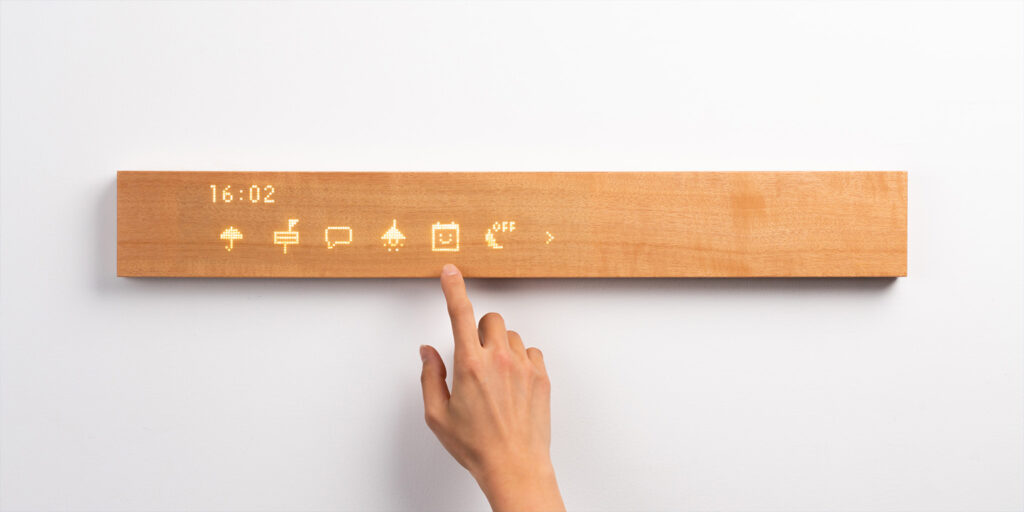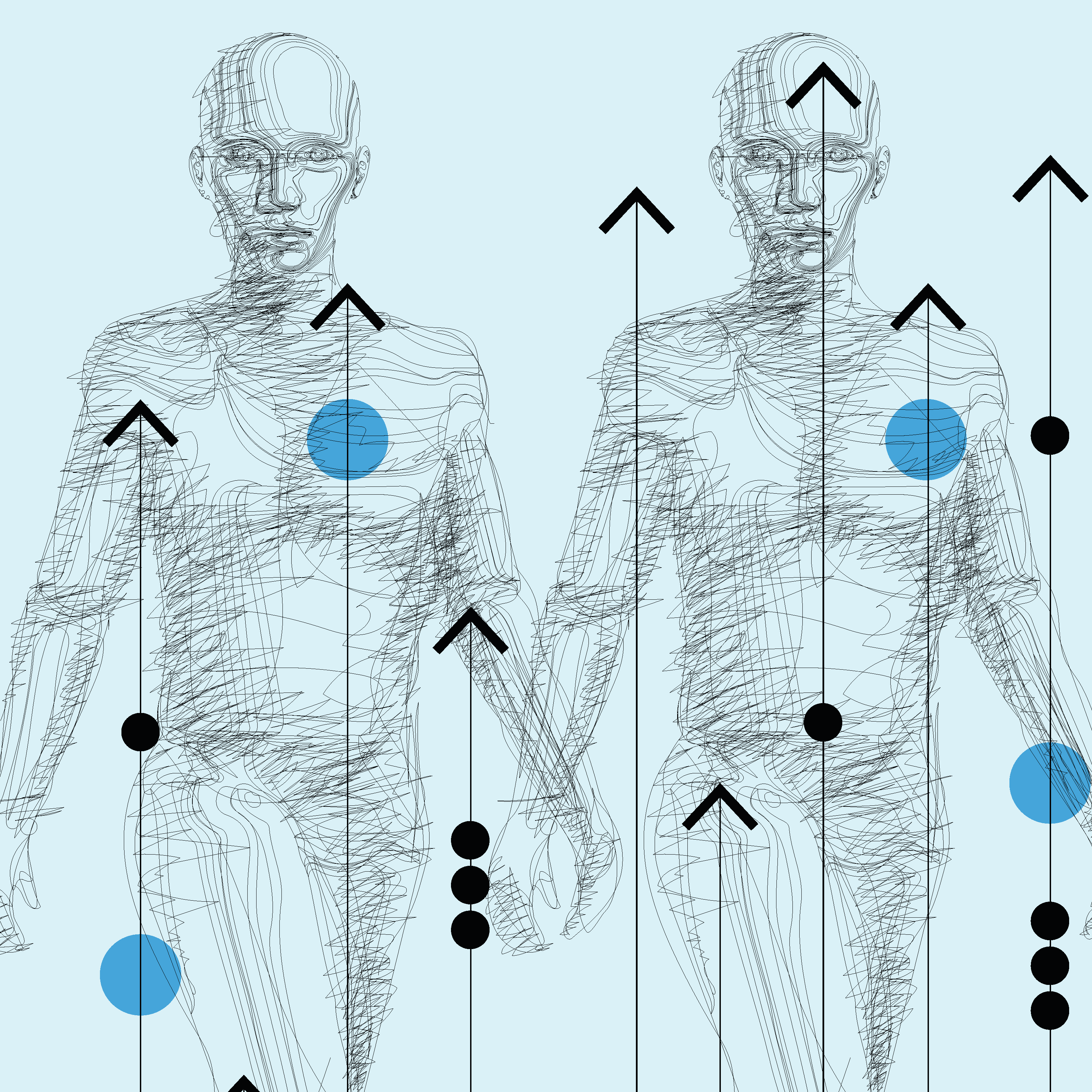
CES 2023 - Wellness Technology vs Technological Wellness
As the pressures of the pandemic ease, we are looking to retain some of the benefits facilitated by new and smart technologies - more flexible working, remote yet connected communities and a greater diversity of in-home wellness experiences. Likewise, there is growing dialogue around the behaviours we wish to leave behind, from ‘doom scrolling’ and ‘revenge bedtime procrastination’ to information overwhelm. An ever-expanding array of technologies have allowed our homes to fulfil our basic needs in exciting new ways and show us possibilities we never imagined. Yet while these smart products and services delight us with new and personalised lifestyle opportunities, the same technology has placed unforeseen pressure on our well-being - more information, choice and convenience but with additional burdens on our physical and mental wellbeing.
Recipe Design recently returned from the 2022 Global Wellness Summit (GWS) where globally recognised experts shared compelling insights and views on what’s shaping the future of wellness – spanning medical-wellness innovation, longevity science and health and wellness technology. With wellness becoming an integral driver of so many sectors (well beyond spa, beauty and hospitality) the Global Wellness Institute (GWI) estimates that the wellness market will see unprecedented growth, rising from $4.4 trillion today to $7 trillion by the end of 2025
After a two-year hiatus, the Consumer Electronics Show (CES) returned to Las Vegas this month and it was unsurprising to see how the pandemic has influenced on the key themes of the event, particularly in the areas of health and wellbeing. Last year we saw three trends highlighted at the Global Wellness Summit that we believe will shape the future of health and home and which came through in the again in the consumer-focused tech innovation being showcased at CES23;

Nanoleaf sense+
1. ‘Next Gen Problem Solvers’
Technology has revolutionised the way we live and work, but it has also brought with it a host of new problems such as the digital divide, cyberbullying, e-waste, and carbon emissions from data centres. In addition, excessive screen time and social media use have been linked to physical and mental health problems. CES featured a number of examples of new tech which seeks to undo or correct negative habits or behaviours created by the kind of technology that has been launched through the event over the last decade.
Ashirase and Loovic showed the latest advances in haptic and personal voice navigation, empowering previously excluded blind and partially sighted user communities and allowing all to pay attention to their surrounding environments rather than their device screens; building safety and more pleasurable experiences
Bird Buddy an AI and camera enabled birdfeeder, notifies its owners of interesting activity and prompts offline moments with wildlife (supported by AI-identification to help build their knowledge and engagement). Examples of the potential of system learning and automation were shared by Nanoleaf’s with their Sense+ Control family supported by the Nala assistant. Unlike other smart lighting there was no need for consumers to set routines for lighting schedules and ambience settings with the assistant learning these through natural behaviour. Like the Nest Thermostat ‘Season Savings’ program these may offer the potential to merge the best of consumer behaviour and machine learning to reduce energy wastage.

Mui Board 2.0
2. ‘Digital Nutrition’
Digital nutrition is all about finding balance in our digital lives. It’s about being mindful of the amount of time, attention and focus we spend online, through the types of content we consume, its relative ‘nutritional value’ and how it impacts our physical, mental, and emotional well-being. Just as we need to eat a healthy diet to nourish our bodies, we need to practice digital nutrition to nourish our minds. By making healthy choices in our digital habits and content engagement, we can optimise our use of technology and enjoy all the benefits it has to offer.
Some of the more notable examples on show included NOWATCH – a screen free ‘awareable’ that aims to restore some balance against digital overwhelm. Monitoring stress, movement and sleep, the devices only direct output is a ‘smart, subtle vibration’ encouraging users to focus on the moment.
Tonies are supporting healthy sleep hygiene for children in their partnership with Calm with the ‘Calm Creative-Tonie ’ and ‘Sleep Friends’; the already screen free story telling device is extending its offer through mindfulness, meditation, relaxing bedtime stories and gentle night-time companion lights.
Home control and communications gained an ambient interface with Mui Labs second generation Mui Board. The simple wooden panel becomes a minimal display and surface for tactile interaction when needed (thanks to Matter connectivity) but recedes into the background when not; creating calmer more ambient domestic interactions and environments that avoid the dopamine and reward loop of connected screens.

TCL’s RayNeo X2 AR glasses
3. ‘Restrictive Regulation’
The recent acceleration of wellness technology is becoming more and more sophisticated in harnessing personal data to measurably improve wellbeing. However, it also raises concerns about data privacy, security and responsibility. Governments and regulatory bodies are starting to bolster standards to protect personal data and address the negative impacts of technology on our physical and mental health – With China moving to introduce strict limitations on internet usage by minors, we expect to see recommendations and guidelines updated and businesses talking more about technical performance and safeguarding.
As expected, launches from TCL’s RayNeo X2 AR glasses to Dell’s latest 6K monitor reassured of technical features to reduce eye strain, whilst Samsung spoke of ‘Knox Matrix’, a system protecting sensitive information via multi-layered mutual monitoring and enabled by private blockchain technology.
But the commentary surrounding this year’s CES shows that this may not be enough. Connected devices are seeking more personal (and unfortunately in some markets potentially more incriminating) data from the urine analysis of Withings U-Scan capturing data on hydration, nutrition and fertility to Citizen’s ‘Alert Monitor’ enabled Smartwatch using technology from NASA and IBM Watson to assess levels of fatigue and performance. Communication of reassurances may need to be bolstered before more follow GenZ in their rapid adoption of lo-fi and dis-connected devices such as the flip phone.
It is clear that these trends will continue to shape the convergence of healthcare with and the consumer sector in 2023 and beyond. The 5 main themes evident at CES23 (digital health, autonomous EV’s, Robotics, the Metaverse (Web3) and AR/VR) all sat under the overarching theme of ‘human security’, with developers embracing the mantra of ‘technology with a purpose’ to improve life and address the issues associated with health and wellness tech.
By prioritising the well-being and safety of users, mindful businesses can drive the evolution of a technology landscape that is both innovative and responsible. We will be looking with interest to see how these developments play out over the course of 2023- and in the short term, how new wellness tech is driving innovation in the home at the Kitchen and Bath Industry Show (KBIS) which takes place next month.
